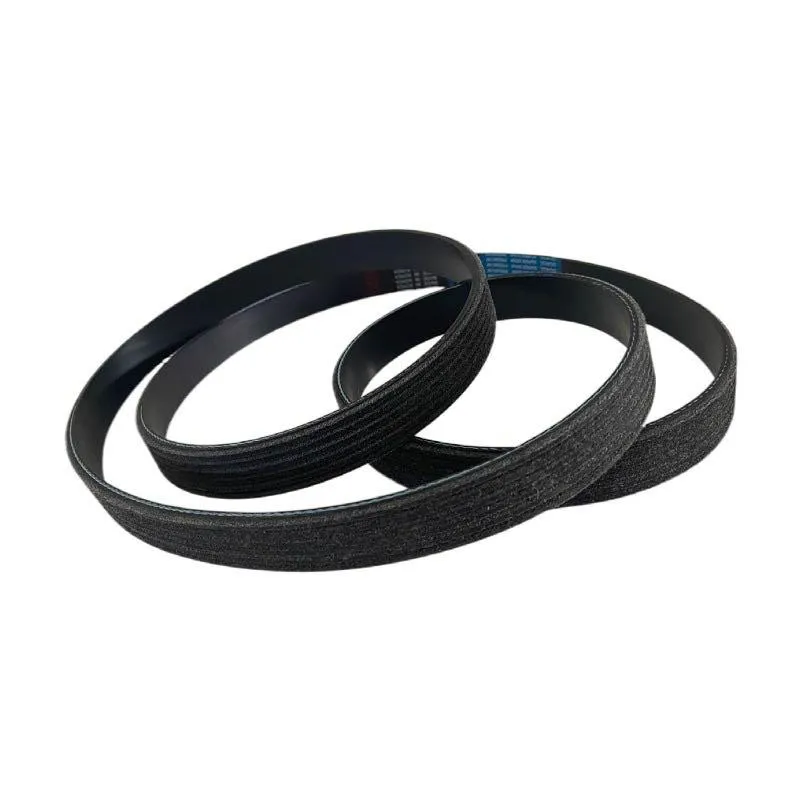- Arabic
- French
- Russian
- Spanish
- Portuguese
- Turkish
- Armenian
- English
- Albanian
- Amharic
- Azerbaijani
- Basque
- Belarusian
- Bengali
- Bosnian
- Bulgarian
- Catalan
- Cebuano
- Corsican
- Croatian
- Czech
- Danish
- Dutch
- Afrikaans
- Esperanto
- Estonian
- Finnish
- Frisian
- Galician
- Georgian
- German
- Greek
- Gujarati
- Haitian Creole
- hausa
- hawaiian
- Hebrew
- Hindi
- Miao
- Hungarian
- Icelandic
- igbo
- Indonesian
- irish
- Italian
- Japanese
- Javanese
- Kannada
- kazakh
- Khmer
- Rwandese
- Korean
- Kurdish
- Kyrgyz
- Lao
- Latin
- Latvian
- Lithuanian
- Luxembourgish
- Macedonian
- Malgashi
- Malay
- Malayalam
- Maltese
- Maori
- Marathi
- Mongolian
- Myanmar
- Nepali
- Norwegian
- Norwegian
- Occitan
- Pashto
- Persian
- Polish
- Punjabi
- Romanian
- Samoan
- Scottish Gaelic
- Serbian
- Sesotho
- Shona
- Sindhi
- Sinhala
- Slovak
- Slovenian
- Somali
- Sundanese
- Swahili
- Swedish
- Tagalog
- Tajik
- Tamil
- Tatar
- Telugu
- Thai
- Turkmen
- Ukrainian
- Urdu
- Uighur
- Uzbek
- Vietnamese
- Welsh
- Bantu
- Yiddish
- Yoruba
- Zulu
sep . 24, 2024 04:14 Back to list
Automotive Rubber Timing Belts for Engine Performance and Reliability
The Importance of Automotive Rubber Timing Belts
Automotive rubber timing belts play a crucial role in the functioning of internal combustion engines. These belts are essential components that synchronize the rotation of the crankshaft and camshaft, ensuring the engine's valves open and close at the correct times during each cylinder's intake and exhaust strokes. Without a properly functioning timing belt, an engine can suffer serious damage, leading to costly repairs and potential engine failure.
Composition and Design
Rubber timing belts are typically made of high-quality, durable synthetic rubber compounds reinforced with materials like fiberglass or nylon. This construction allows them to withstand the intense heat and pressure generated by the engine while maintaining flexibility and strength. The teeth on the timing belt are designed to fit precisely with the gears on the crankshaft and camshaft, ensuring a solid grip and reducing the risk of slippage.
Maintenance and Replacement
One of the critical aspects of owning a vehicle is regular maintenance, and timing belt replacement is a vital part of that. Most manufacturers recommend replacing the timing belt every 60,000 to 100,000 miles, depending on the vehicle's make and model. Failing to replace a worn or damaged timing belt can lead to a catastrophic failure, where the belt may break, causing the engine's pistons to collide with the valves, resulting in significant engine damage.
Signs of a failing timing belt can include unusual engine noises, such as clicking or ticking sounds, and visible wear on the belt itself, including cracks or fraying. Drivers should also be attentive to any changes in engine performance, such as misfiring or difficulty starting the engine.
automotive rubber timing belt\/timing belt t

Advantages of Rubber Timing Belts
Rubber timing belts offer several advantages over their metal counterparts, such as timing chains. They are generally quieter during operation, which translates to a more pleasant driving experience. Additionally, rubber timing belts are lighter and typically result in better fuel efficiency due to reduced weight and friction. The design of rubber belts allows for greater flexibility, enabling them to handle the precise synchronization required in modern engines.
Environmental Considerations
As manufacturers seek to reduce environmental impact, the production and disposal of automotive parts like timing belts have come under scrutiny. Sustainable materials and manufacturing processes are increasingly being utilized to create rubber timing belts that are not only effective in performance but also environmentally responsible. This shift contributes to the automotive industry's broader goal of sustainability and reducing its carbon footprint.
Conclusion
In conclusion, the automotive rubber timing belt is a critical component that ensures the smooth and efficient operation of an internal combustion engine. Regular maintenance and timely replacement are vital in preventing engine damage and prolonging the life of the vehicle. As technology advances, the development of more sustainable timing belts will likely become a focus, further emphasizing the importance of this essential automotive part. Investing in the proper care of your timing belt can save you from significant repair costs and keep your engine performance at its peak.
-
Korean Auto Parts Timing Belt 24312-37500 For Hyundai/Kia
NewsMar.07,2025
-
7PK2300 90916-T2024 RIBBED BELT POLY V BELT PK BELT
NewsMar.07,2025
-
Chinese Auto Belt Factory 310-2M-22 For BMW/Mercedes-Benz
NewsMar.07,2025
-
Chinese Auto Belt Factory 310-2M-22 For BMW/Mercedes-Benz
NewsMar.07,2025
-
90916-02660 PK Belt 6PK1680 For Toyota
NewsMar.07,2025
-
drive belt serpentine belt
NewsMar.07,2025

